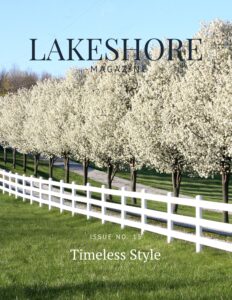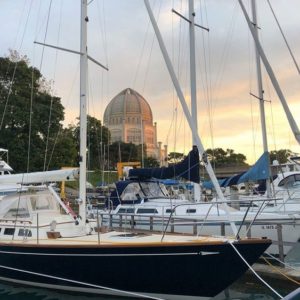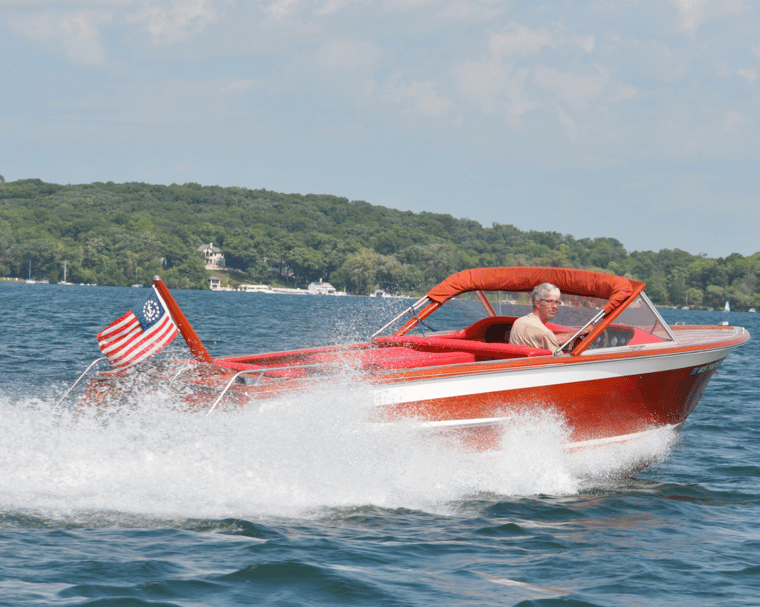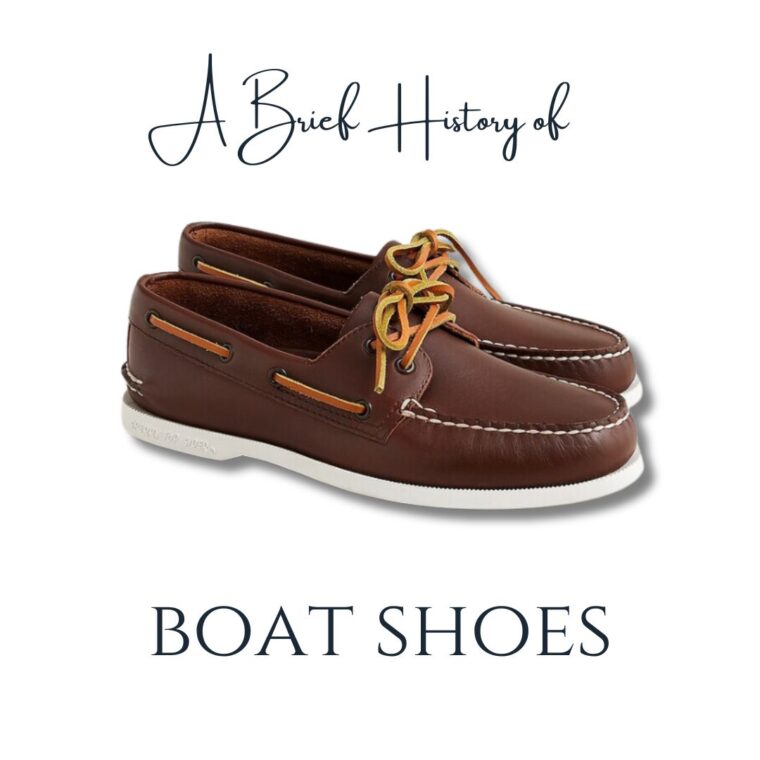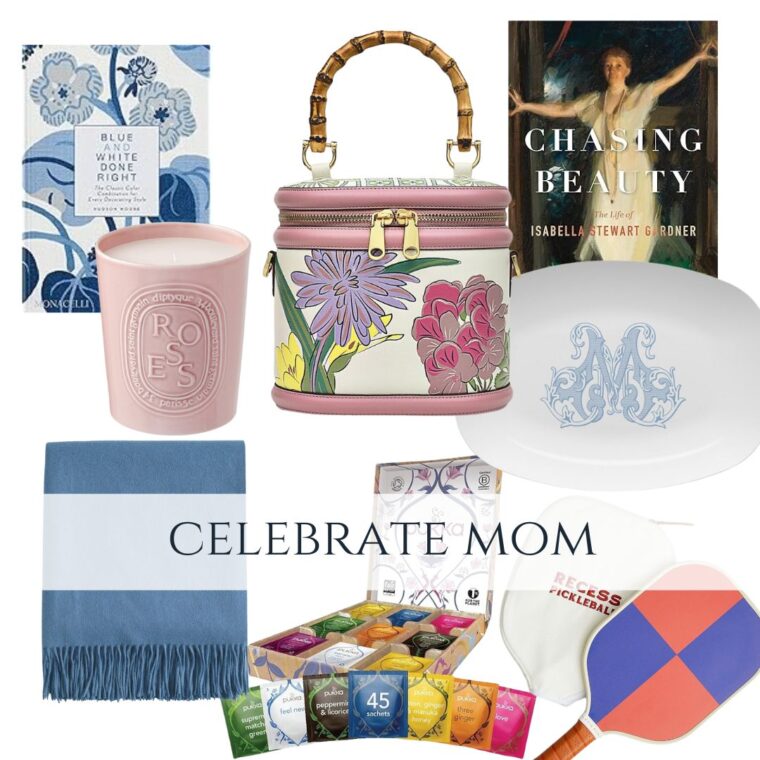The Rich History of Fair Isle Knitting: A Tradition Woven Through Time
Nestled in the tempestuous waters of the North Sea, between Scotland’s Shetland Islands and Orkney, lies a tiny, windswept island named Fair Isle. Despite its diminutive size—just three miles long and one and a half miles wide—this island has carved out a permanent place in fashion history as the birthplace of the iconic Fair Isle knit pattern. Synonymous with intricate colorwork and geometric designs, Fair Isle knitting has become a hallmark of heritage craft and timeless style. But the story of Fair Isle knitting is more than a tale of aesthetics; it is a narrative of tradition, resilience, and cultural pride.
The Origins of Fair Isle Knitting
Fair Isle knitting traces its roots to the remote island itself, which has been inhabited for thousands of years. The technique as we know it today likely emerged in the 18th or early 19th century, though its exact origins are shrouded in mystery. One popular theory posits that the practice of multicolor knitting may have been influenced by Scandinavian traders or sailors, given the proximity of the Shetland Islands to Scandinavia. Another suggestion is that shipwrecked sailors brought the knowledge to Fair Isle, blending their techniques with local knitting traditions.
The name “Fair Isle” became synonymous with a specific style of stranded colorwork knitting that involves creating intricate patterns by carrying two different colors of yarn across each row. Using only two colors per row, knitters create motifs of diamonds, crosses, stars, and other geometric shapes. While similar knitting techniques can be found in Scandinavia, the Baltic region, and even the Andes, Fair Isle knitting developed a distinct identity thanks to its unique patterns and color combinations.
The 19th Century: Fair Isle Knitting Takes Root
In the 19th century, Fair Isle knitting began to establish itself as a cornerstone of the island’s culture and economy. The craft was largely practiced by women, who knitted garments such as hats, gloves, and jumpers (sweaters) for their families. These garments were often highly practical, designed to withstand the harsh winds and biting cold of the North Sea.
Fair Isle knitwear also became an important source of income for the islanders. By the mid-1800s, locals were trading their finely crafted goods with fishermen and merchants who passed through the Shetland Islands. The garments’ unique designs and exceptional quality quickly gained a reputation beyond the island, and by the late 19th century, Fair Isle knitting was beginning to attract attention from the wider world.
The Royal Seal of Approval
The turning point for Fair Isle knitting came in the early 20th century when the craft received a royal endorsement that catapulted it into the fashion spotlight. In 1921, Edward, Prince of Wales (later King Edward VIII), was photographed wearing a Fair Isle jumper while playing golf at St. Andrews. The image of the young, dashing prince clad in colorful, intricately patterned knitwear sparked a craze for Fair Isle fashion.
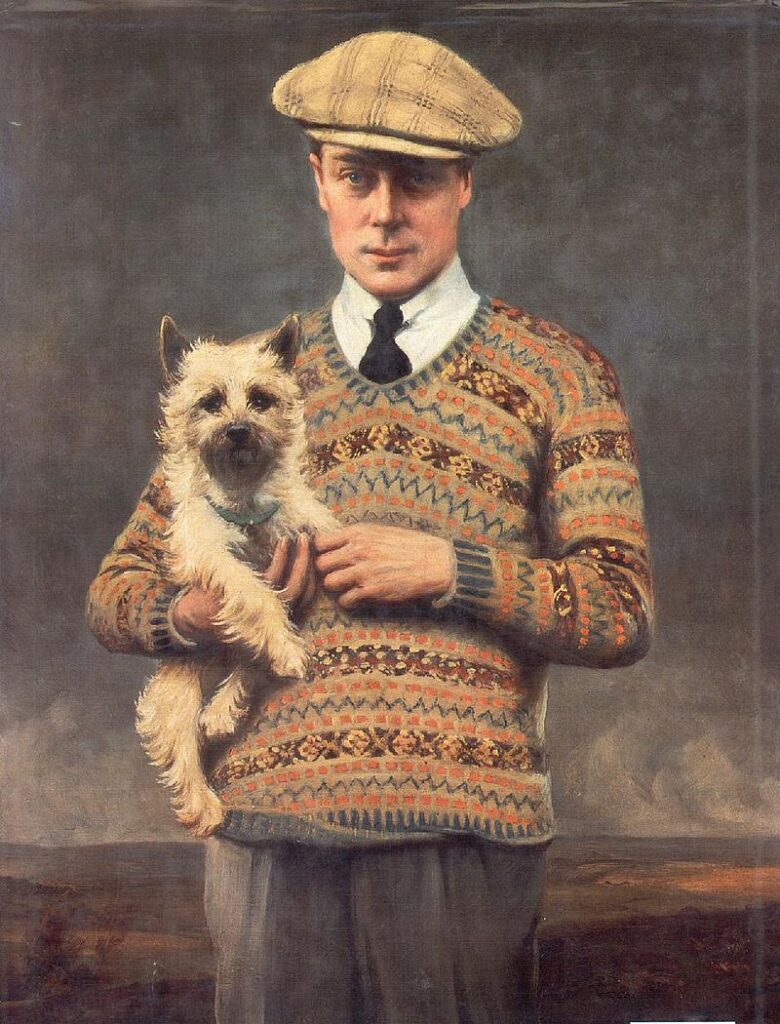
Thanks to the prince’s influence, Fair Isle knitwear quickly became a symbol of sophistication and modern style. Fashion designers began incorporating the patterns into their collections, and demand for authentic Fair Isle garments soared. This newfound popularity provided an economic lifeline for the islanders, who produced handmade knitwear for export to markets far beyond their tiny island.
Crafting Fair Isle Patterns: The Language of Color and Design
Fair Isle knitting is renowned for its meticulous attention to detail and its ingenious use of color. Traditional patterns often feature a repeating sequence of geometric motifs arranged in horizontal bands. These motifs are not merely decorative; they carry cultural significance, reflecting the heritage and environment of the island.
The colors used in Fair Isle knitting are typically inspired by the natural landscape of Fair Isle and the Shetland Islands. Earthy tones of browns, greens, and grays mimic the rugged terrain, while vivid shades of red, blue, and yellow echo the hues of heather, wildflowers, and the ever-changing sea. Historically, these colors were achieved using natural dyes derived from local plants, lichens, and even seaweed, though modern knitters often use commercially dyed yarns.
The crafting of a Fair Isle garment requires immense skill and patience. Each piece is made by carrying two colors of yarn across the back of the work (a technique known as stranded knitting), ensuring that the unused yarn is evenly “floated” to maintain an even tension. This technique creates a double layer of fabric that is not only warm but also remarkably durable—a crucial quality for garments intended to withstand the harsh island winters.
Cultural Significance and Regional Pride
For the people of Fair Isle and the Shetland Islands, knitting is more than a craft; it is a way of life. The patterns and techniques passed down through generations are deeply intertwined with the islanders’ identity. Each knitter brings their own creativity to the craft, often modifying traditional patterns or creating entirely new ones. As a result, Fair Isle knitting is a living tradition that continues to evolve while remaining rooted in its heritage.
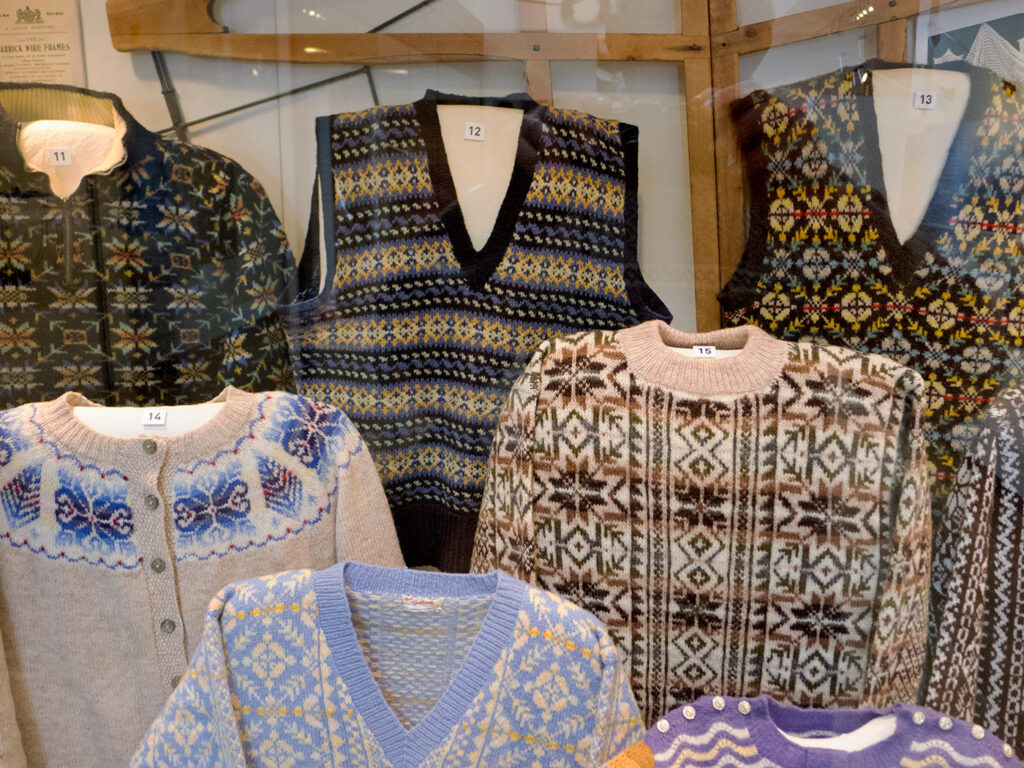
The Shetland Islands’ annual Wool Week, established in 2010, has become a celebration of the region’s knitting traditions, attracting visitors from around the world. The event includes workshops, exhibitions, and knitting demonstrations, providing an opportunity for both locals and visitors to immerse themselves in the art of Fair Isle knitting. For many participants, Wool Week is not just about honing their skills; it is about connecting with a community that shares a deep appreciation for the craft.
Fair Isle Knitting in Modern Fashion
In the decades following its royal debut, Fair Isle knitting experienced periodic surges of popularity. The patterns became a staple of preppy fashion in the mid-20th century, favored by Ivy League students and outdoor enthusiasts alike. Designers such as Ralph Lauren, Pringle of Scotland, and Vivienne Westwood have all incorporated Fair Isle motifs into their collections, blending traditional techniques with contemporary aesthetics.
Today, Fair Isle knitwear remains a symbol of timeless elegance and craftsmanship. While mass-produced versions of the patterns are widely available, there is a growing appreciation for authentic, handmade garments created by skilled artisans. In an age of fast fashion, Fair Isle knitting represents a return to slow, sustainable practices that honor tradition and craftsmanship.
Preserving the Legacy
Despite its enduring popularity, Fair Isle knitting faces challenges in the modern era. The decline of traditional hand-knitting and the rise of machine-produced textiles have threatened the livelihoods of artisans who rely on the craft. Additionally, the tiny population of Fair Isle—fewer than 70 residents—raises questions about the long-term sustainability of the island’s knitting tradition.
To address these challenges, organizations such as the Shetland Guild of Spinners, Knitters, Weavers, and Dyers are working to preserve and promote the craft. By documenting patterns, teaching workshops, and supporting local artisans, these groups are ensuring that the legacy of Fair Isle knitting endures for future generations.
The history of Fair Isle knitting is a testament to the power of tradition and the enduring appeal of handmade craftsmanship. From its humble origins on a remote island to its status as a global fashion icon, the Fair Isle knit pattern has woven itself into the fabric of cultural and design history. For those who wear or create these beautiful garments, Fair Isle knitting is more than a style—it is a connection to the artistry and resilience of generations past. As we celebrate this cherished craft, we also look forward to its continued evolution, ensuring that the story of Fair Isle knitting remains vibrant and alive for centuries to come.

